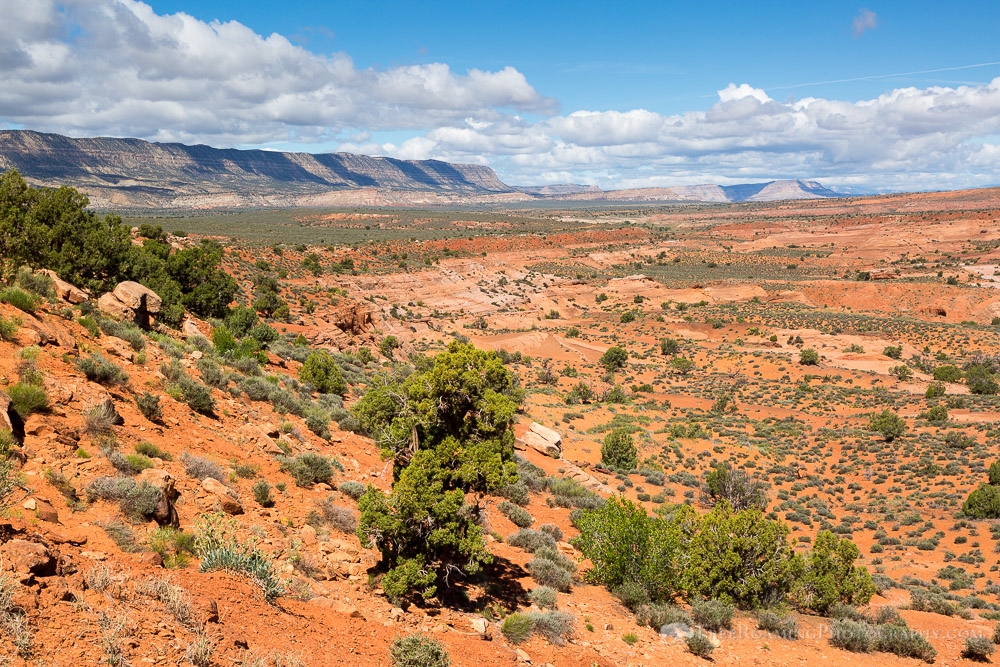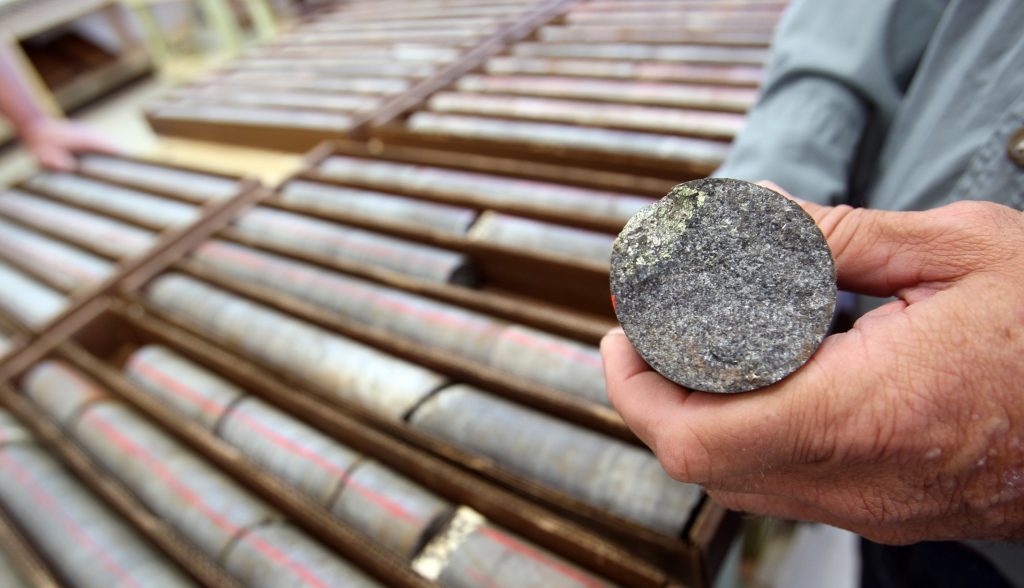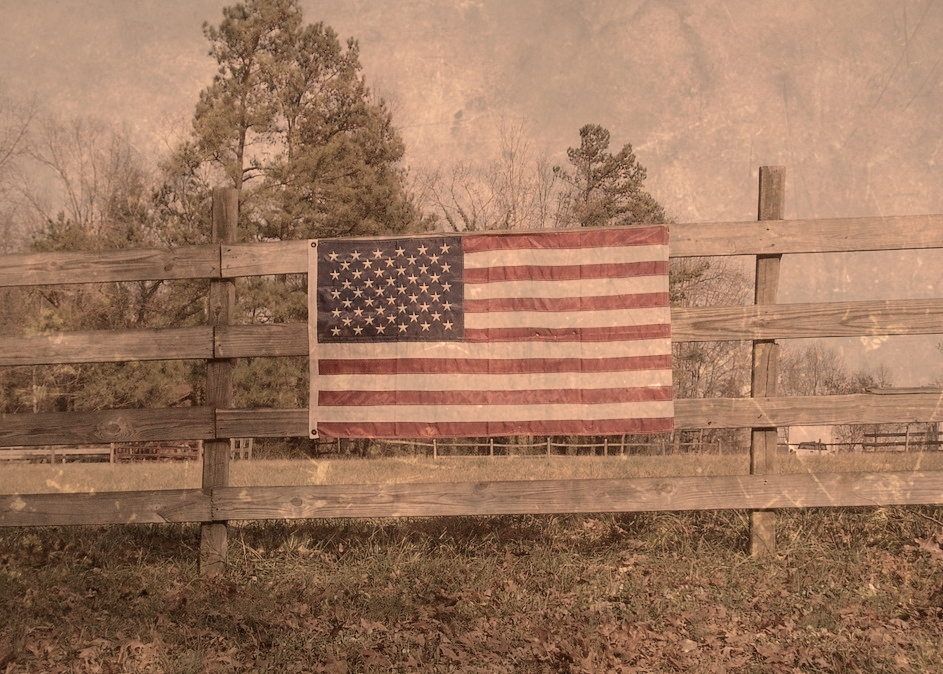In reality, the actual thefts were masterminded and conducted by previous White House officials, in cahoots with radical environmentalists. Employing the immense power of the federal government, they took valuable state lands, multiple private lands and property rights, and a private company’s most valuable asset (America’s largest clean coal deposit) without any compensation whatsoever.
Paul Driessen
Reducing Antiquities Act Land Grabs
Acting on recommendations by Department of the Interior Secretary Ryan Zinke, on December 4 President Trump significantly reduced the size of two enormous areas in Utah that Presidents Clinton and Obama had set aside as limited-access, no-development zones under the 1906 Antiquities Act.
Mr. Trump’s action reduced the Grand Staircase Escalante and Bears Ears National Monuments from a combined 3.2 million acres (the size of Connecticut) to 1.2 million acres (slightly smaller than Delaware).
Utah residents and elected officials applauded the move as long overdue. The Patagonia and North Face outdoor apparel companies, environmentalist groups, and various liberal politicians and news outlets branded the action a desecration, claimed President Trump “stole” the lands from the American people, and launched coordinated and hyperventilated disinformation campaigns.
In reality, the actual thefts were masterminded and conducted by previous White House officials, in cahoots with radical environmentalists. Employing the immense power of the federal government, they took valuable state lands, multiple private lands and property rights, and a private company’s most valuable asset (America’s largest clean coal deposit) without any compensation whatsoever.
The Antiquities Act was intended to protect areas of historic, prehistoric or scientific value, and lands designated as monuments were to be “the smallest size compatible with the proper care and management” of objects or sites to be protected. Its goal is to safeguard fossils, unique plants and habitats, Native artifacts and sites, geologic structures and special scenic areas from damage, desecration and looting.
The first national monument ever designated (the 1,347-acre Devils Tower) respected the law’s language and intent, as have most designations since then. However, in recent decades presidents have increasingly used the act to circumvent Congress and replace proper legislative processes with executive decrees. They established enormous de facto wilderness areas with the stroke of a pen – usually with little or no consultation with people and elected officials in communities that would be most severely impacted.
[paypal_donation_button]
Free Range Report
[wp_ad_camp_3]
[wp_ad_camp_2]



